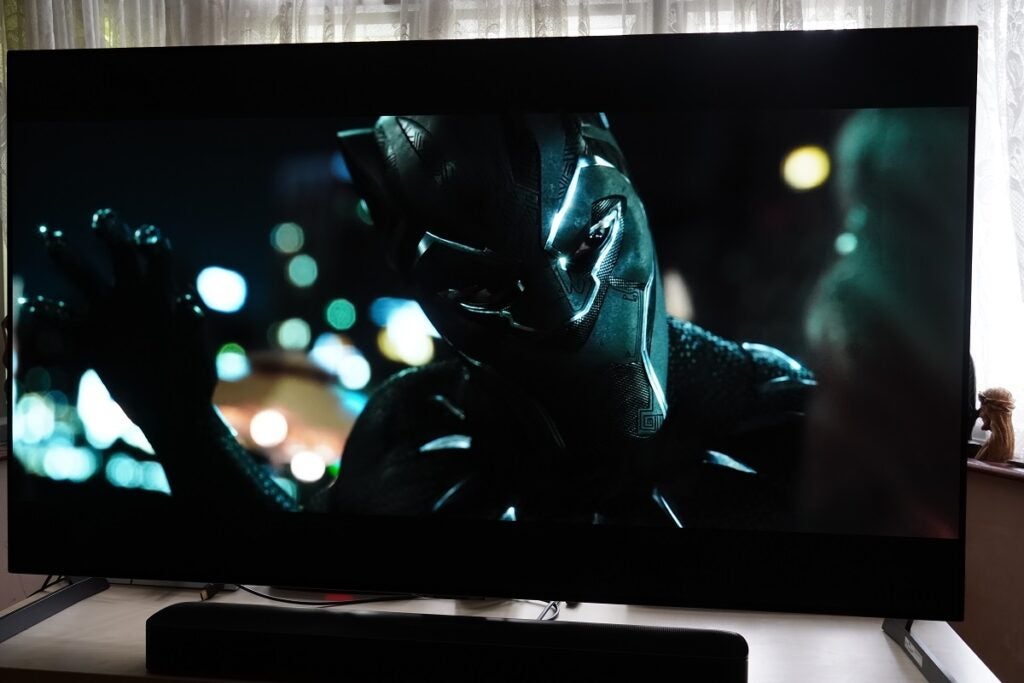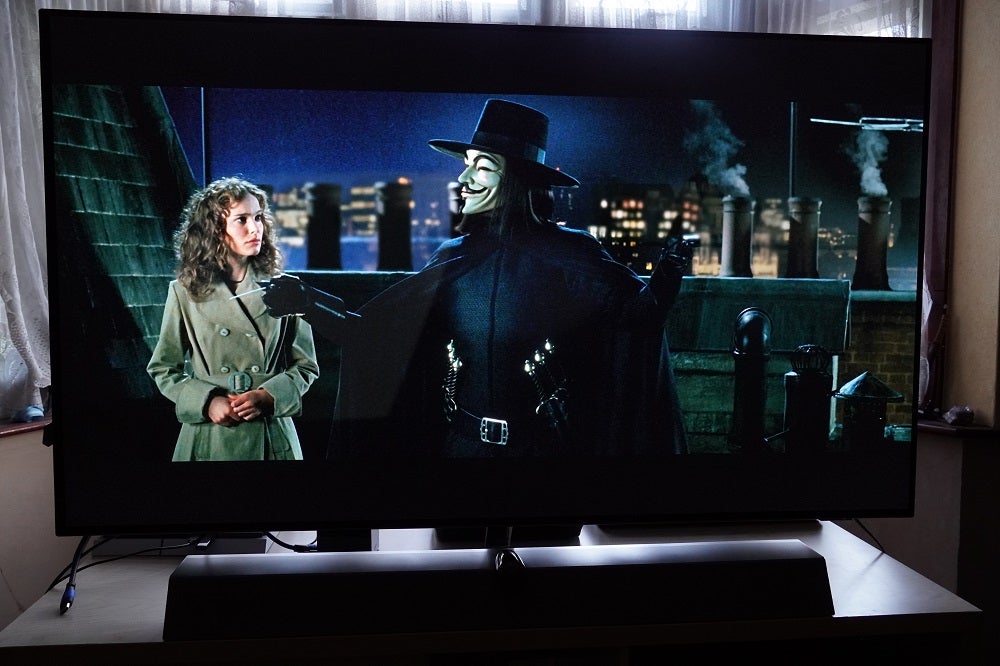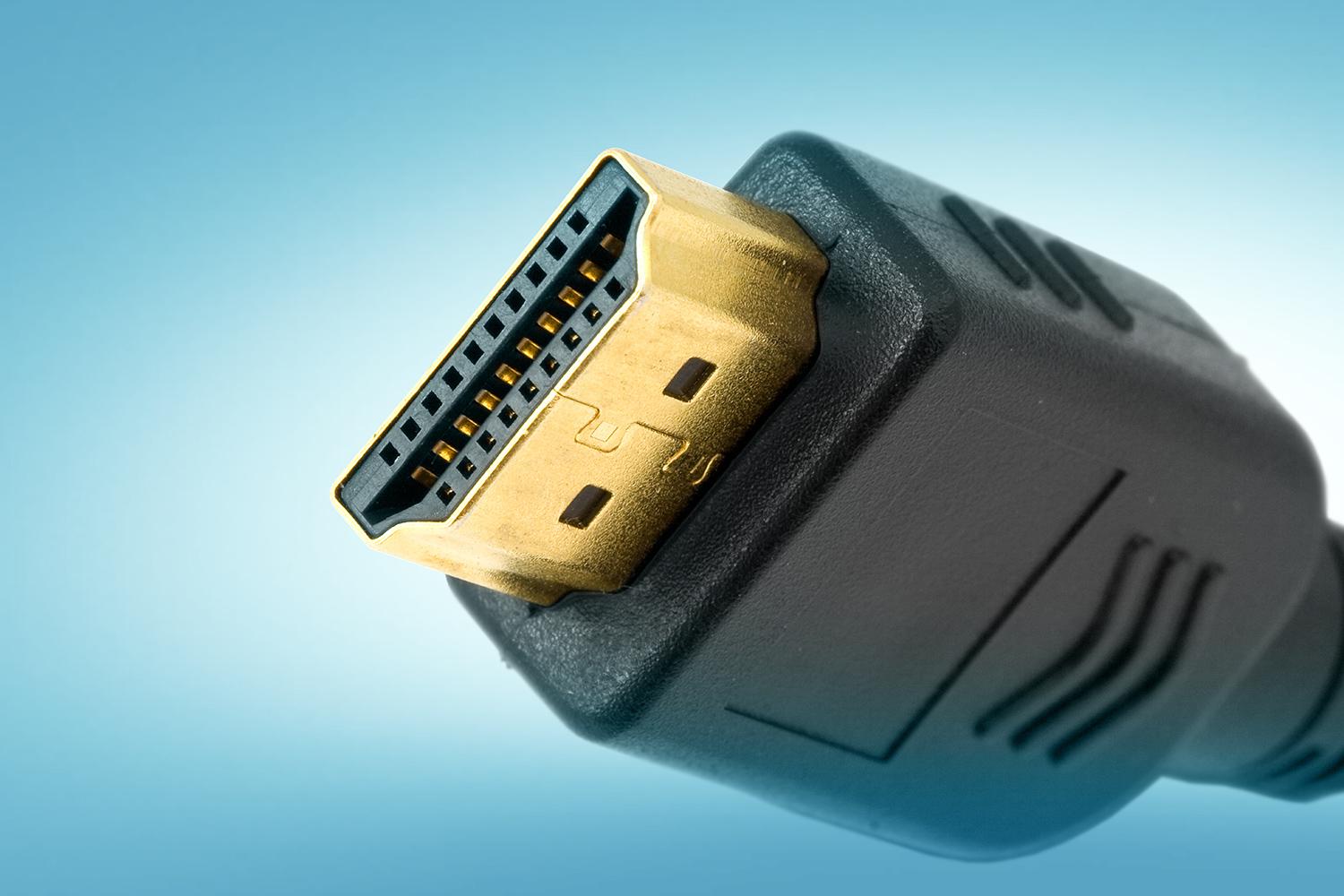Why are black levels so important for TVs?

If you’re in the market for a TV or just generally want to know more about getting the best picture performance from your existing one, you may have heard a little something about black levels.
Why are they so important, not just for TVs but for any display? This guide will explain what black levels are, and why they’re so important and relevant in the age of HDR TVs.
What are black levels?
To give it a very simple explanation, the black level of a TV is the darkest a screen to go. The holy grail of black levels is a purely black screen. The foundation of a good TV performance is its black levels.
You may also hear black levels referred to as brightness, in fact the brightness setting on your TV is all about darkness and not brightness (at least in the conventional sense). The brightness setting is not about making the screen brighter in appearance but about adjusting the depth of the black levels.

The deeper the blacks are, the more depth a screen can display and the stronger the sense of contrast, which is the difference between the brightest and the darkest part of an image, can be. Colours will look stronger next to ‘true’ blacks, and the brightest parts of the image (the highlights) will stand out more because the black depth acts as a more effective contrast against it.

What you don’t want are black levels to be grey or ‘milky’ in appearance. This creates a diminished sense of contrast, a flatter-looking imager, weaker colour performance and an overall washed-out appearance, especially if you’re watching TV in a dimly lit room. Weak black levels can distract from what you’re watching with your eye drawn to parts of the image it shouldn’t be.
Which TVs deliver the best black levels?
Everyone sings the praises of an OLED display when it comes to black levels and rightly so. OLED stands for Organic Light Emitting Diode and each pixel is self-emissive, which means it can produce its own light when a current is passed through it.

Because each pixel can be turned on or off, you get perfect blacks as when the pixel is off there is no light emitted. This also leads to OLEDs having what’s called infinite contrast, the difference between the brightest and darkest point on the image is so huge there isn’t a number to describe. Having that infinite contrast makes for a more spectacular and vibrant image.
LCD LED TVs can produce effective black levels, but they can’t turn off each pixel completely because they use a backlight. A backlight is a screen behind the TV’s display that can adjust the levels of light being displayed.

LCD TV screens often leak some light from the TV’s backlight through to what is seen on screen, but with more advanced technology such as Full Array Local Dimming (or FALD), which separates the screen into zones to better control how brightness and contrast is displayed on the screen, it can minimise blooming (halos around bright objects) or bleeding (where light leaks through around the edges of a screen).
An example of a FALD TV is Sony’s X95J or a Mini LED TV, such as Samsung’s QN95B. These reduce the amount of light leaked to the screen, producing better black levels and better contrast for a stronger, vibrant, and richer image.
How do I adjust black levels?
Although we’d suggest leaving brightness levels as they are – they’re usually correct out of the box and don’t often need altering – if you feel that you do, then head to the settings area in your TV’s menu and look for the ‘Brightness’ setting. This should be the same for any TV in terms of what it is called.

The ‘Brightness’ setting is usually a slider that you can move up and down and for all TVs it should be set at zero. Move the slider up and that makes black levels brighter – you can see more detail at the cost of a washed-out and inaccurate colours. Move it down and it makes the image darker – however detail is lost, and colours are dimmer.
A TV’s cinema mode tends to offer the best black performance, and if you are going to change the brightness setting, we’d recommend using a piece of content you’re familiar with. We often use the V for Vendetta 4K Blu-ray to see how well black levels fare on a TV.








